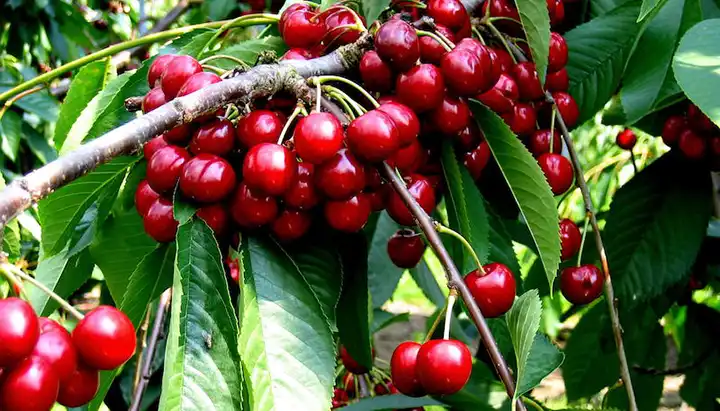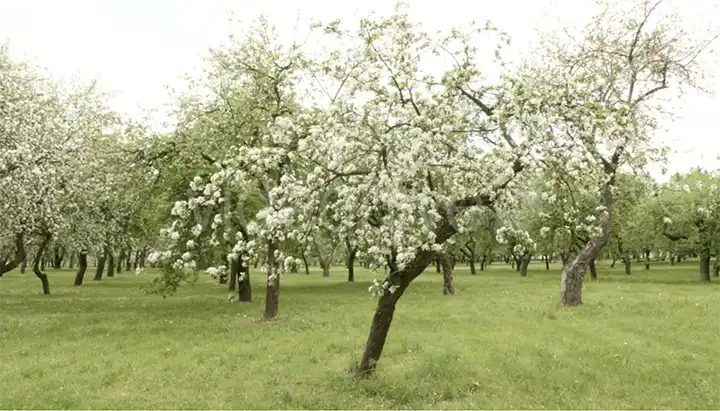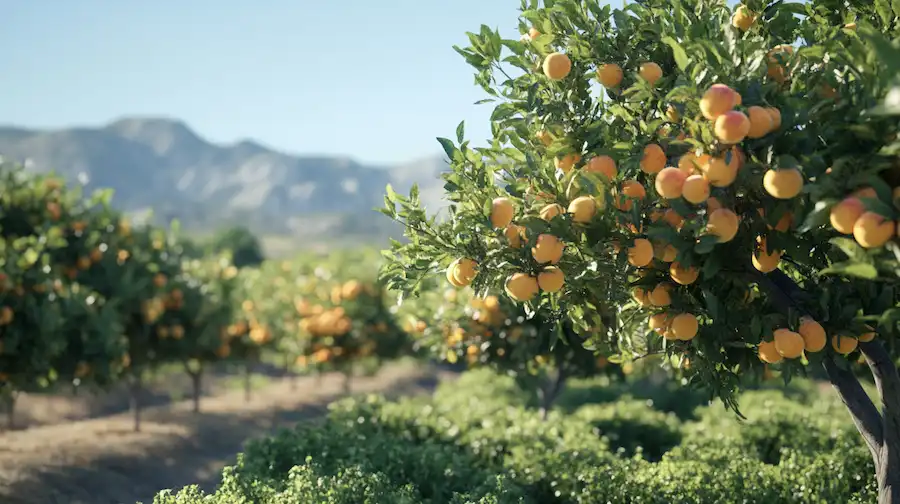How to Regrow Broccoli from Stem (from Kitchen Scraps)

Growing your own vegetables can be a rewarding experience, especially when you use kitchen scraps to start a new plant. Broccoli, with its robust stem, is an ideal candidate for this type of recycling. Here’s a step-by-step guide on how to regrow broccoli from its stem, a process that transforms what would have been waste into a thriving new plant.
Starting Off: Preparation and Initial Steps
- Selection of the Stem: Choose a healthy broccoli stem, preferably with some leaves still attached. This increases the chances of successful regrowth.
- Water Soaking: Place the stem in a dish filled with water. The water shouldn’t be too deep; just enough to cover the base of the stem.
- Regular Water Change: Change the water every day to keep it fresh. This prevents the growth of harmful bacteria and provides a clean environment for the stem.
Observing Growth: The Waiting Phase
- Patience is Key: It may take several weeks before you notice any significant changes. Keep the stem in a well-lit area, but avoid direct sunlight which can be too harsh.
- First Signs of Life: Around day 70, you might notice something sprouting from the cut end of the stem. This could be the beginnings of roots or new shoots.
- Further Developments: Over the next few weeks, watch as the stem begins to sprout more leaves and roots. This is a sign that your broccoli is adapting well to its new environment.
Planting: Transition to Soil

- Soil Planting: Once you observe a substantial amount of growth, with multiple stems and leaves, it’s time to transfer your broccoli to soil. Choose a pot with adequate drainage and use high-quality potting soil.
- Careful Transplanting: Gently move the broccoli from the water to the soil, taking care not to damage the newly formed roots. Initially, keep the soil moist but not waterlogged.
Growth and Maintenance
- Steady Growth: As the plant grows, it will require more space and nutrients. Be prepared to repot it into a larger container if needed.
- Support and Protection: Providing support for the growing stems can be beneficial. Also, consider using a net to protect the plant from insects and other pests.
- Regular Fertilization: Fertilize the plant every few weeks to ensure it gets all the nutrients it needs. A balanced, water-soluble fertilizer is a good choice.
- Monitoring for Pests and Diseases: Keep an eye out for yellowing leaves or signs of insect damage. If you notice any problems, address them promptly to prevent further damage.
Harvesting: Enjoying the Fruits of Your Labor
- Observing Maturity: Your broccoli is ready to harvest when it reaches a decent size and the florets are tightly closed. The color should be a vibrant green.
- Harvesting Method: Cut the broccoli from the main stem, leaving a few inches of stem attached. This can encourage the plant to produce additional harvests.
- Cooking and Enjoying: Broccoli can be cooked in various ways – steamed, boiled, or stir-fried. Remember, the stem is also edible and delicious when cooked properly.

Regrowing broccoli from its stem is a simple and sustainable way to enjoy fresh, home-grown vegetables. Not only does it reduce waste, but it also provides a sense of accomplishment and a deeper connection to the food you eat. With patience and care, you can turn a single broccoli stem into a flourishing plant, ready to be harvested and savored.
Inspired by this? Share the article with your friends!


















